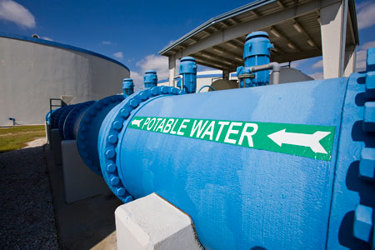How To Use Water Quality Monitoring To Increase Operational Efficiency

Water treatment plants are anything but set-it-and-forget operations. Operators have to be on the lookout for conditions that require adjustment to processes. Each shift in the operation – whether it is turning on a new pump, flushing a pipe or water tower, adding more or less chemicals, or increasing filter bed contact time – represents a change in operational costs. Real-time remote water quality monitoring offers a significant advantage for operators looking to maintain operational costs and efficiency amidst often-changing conditions.
In addition to the reduction or elimination of grab samples, remote water quality monitoring gives operators data on a range of conditions sent directly to their SCADA, analytics, or other software system. This minimizes the need for truck rolls to pull samples, as well as the time required to perform lab tests. These operational efficiencies are significant, but they are just the tip of the iceberg. When properly utilized, water quality monitoring can reduce costs, aid in resource allocation, and ensure consistent regulatory compliance in a number of ways.
Get unlimited access to:
Enter your credentials below to log in. Not yet a member of Water Online? Subscribe today.
